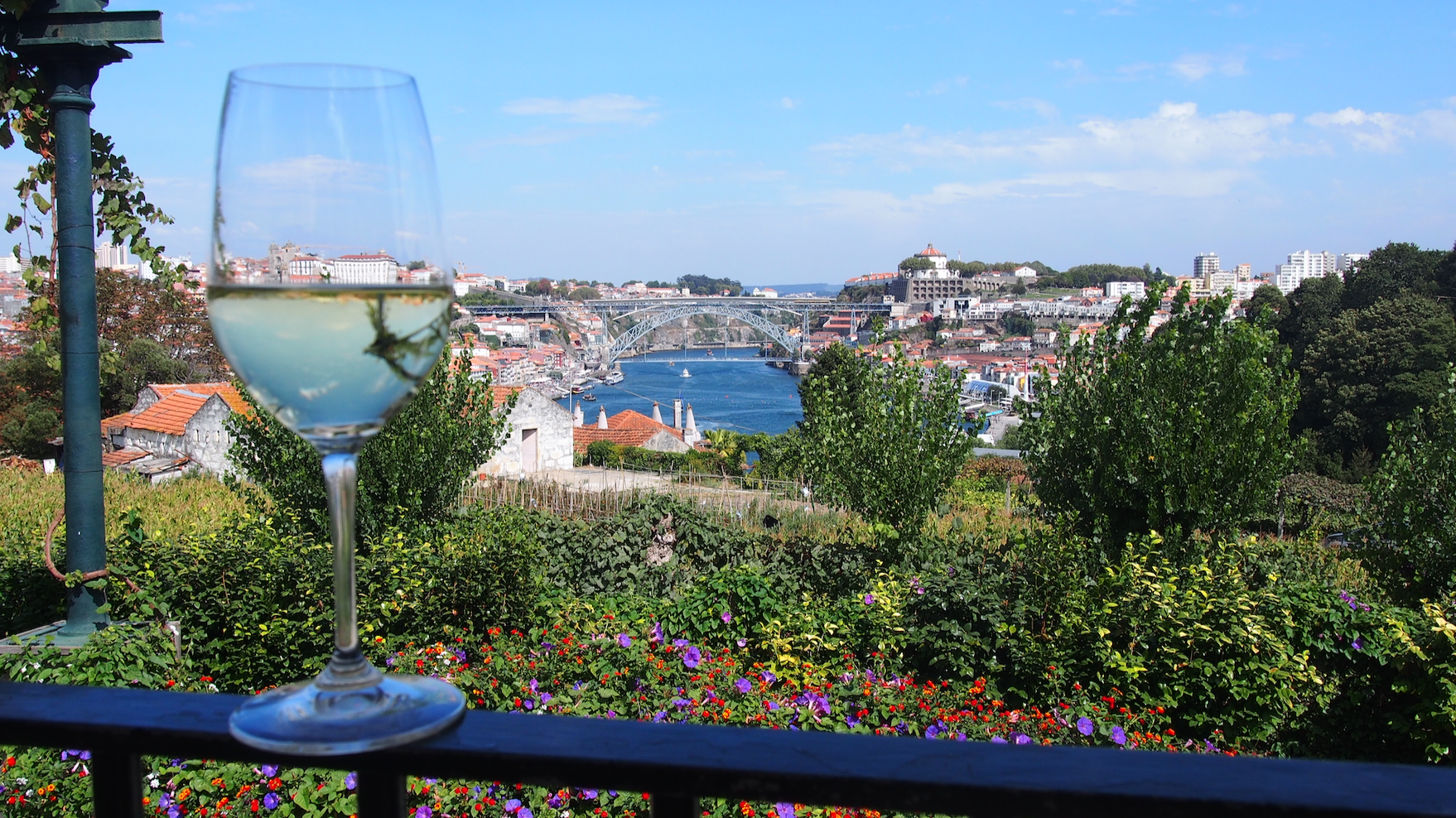There are few wine regions in the world that don’t require a car for getting around. Porto is – sort of – one of the exceptions. It’s “sort of” because, technically, it’s not a region in itself. The Port wine that lives there – all 700 million litres of it (yes!) – started life in the much warmer Douro Valley, around an hour-and-a-half inland. It’s grown, made, and stored in the Douro until the March or April after the harvest, when it travels to the city on the coast.
The second reason why it’s a “sort of” is that the wine’s destination is actually Vila Nova de Gaia, not Porto. The two cities face each other from opposite sides of the Douro river. Hilly Porto faces south, making it the warmer of the two. Vila Nova de Gaia faces north, making it naturally cooler. This, combined with humidity from the coast, creates ideal conditions for storing and maturing Port.
So while Porto may be the more famous of the two, and the city that gave Port its name, Vila Nova de Gaia is the real destination for wine lovers. Fortunately, they are very close together – connected by a beautiful five-minute walk over a bridge – so it doesn’t really matter which side of the river you decide to stay in.
Visiting the Port Houses
Back to our first point: You don’t need a car in Vila Nova de Gaia. All the Port houses are convenient located within walking distance of each other – though you’re likely to encounter many steep pathways.
This removes one of the most significant logistical hurdles when planning a wine trip: Driving.
Graham’s 1890 Lodge
Graham’s is a real classic. Owned by the well-respected Syminton family, it has gained a reputation for producing consistently high-quality wines that have made its way into the British royal household – they are an official supplier to the Queen.
The lodge, in one of the higher parts of Vila Nova de Gaia, is well worth a visit. After an informative tour, you can choose to taste from a wide range of Ports of all styles. Various vintages are available, as well as Tawnys all the way up to 40 years old.
Choosing an 11 o’clock tour means that you’ll finish just in time for lunch. This is convenient because the lodge’s restaurant, Vinum, is not to be missed: The view is specular. You can also take this opportunity to try some of the Symington’s table wines (non-fortified).
Kopke

One line-up of Port wine worth tasting comes from the oldest Port house in the city, Kopke. It has a famous tasting room on the river, but you can also taste extensively at the Santa Marinha wine shop around the corner. It’s owned by Kopke’s parent company, Sogevinus, which means you can also taste other brands such as Calem and Barros in the same location. Handy.
Kopke’s calling card is its enormous library of old colheita (single vintage) Tawny Ports. At the time of writing, bottles as old as 1978 are open for by-the-glass tastings.
Its range of mature white Port also sets it apart. These are rich and delicious – miles away from the inexpensive white Ports used for Port tonics. Although…
Porto Cruz
Port Tonic is excellent. If there are any better places for enjoying a Port Tonic, we’d like to hear about it. You’ll enter Porto Cruz on the ground floor, where you can buy tasting samples of its various different Port wines.
The main reason to visit, however, is for the rooftop. It offers views over Porto and the famous Luís I Bridge. The DJ – always lively – will serenade you as you watch the sun set, Port Tonic in hand. Perfect.
Written May 22, 2022
